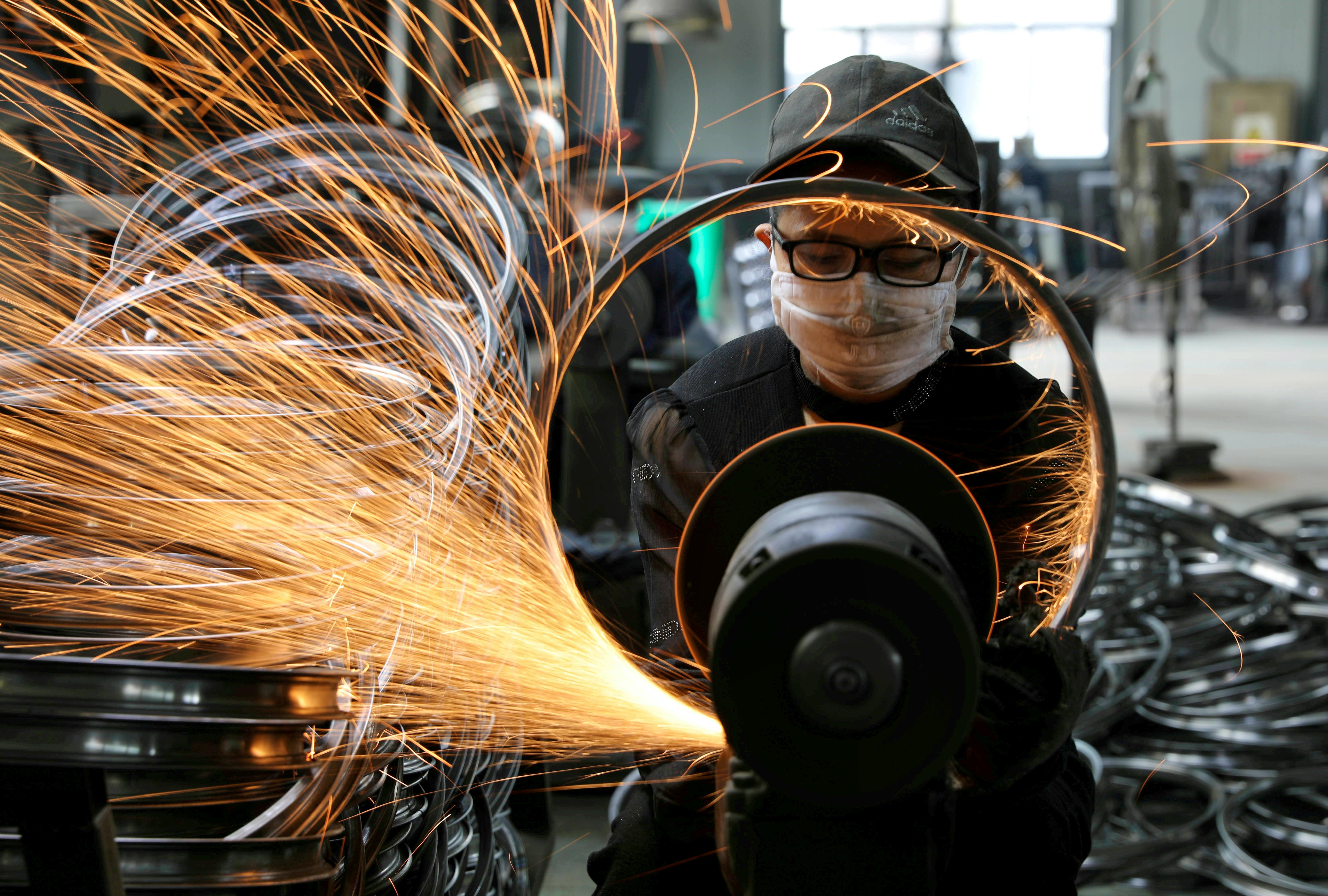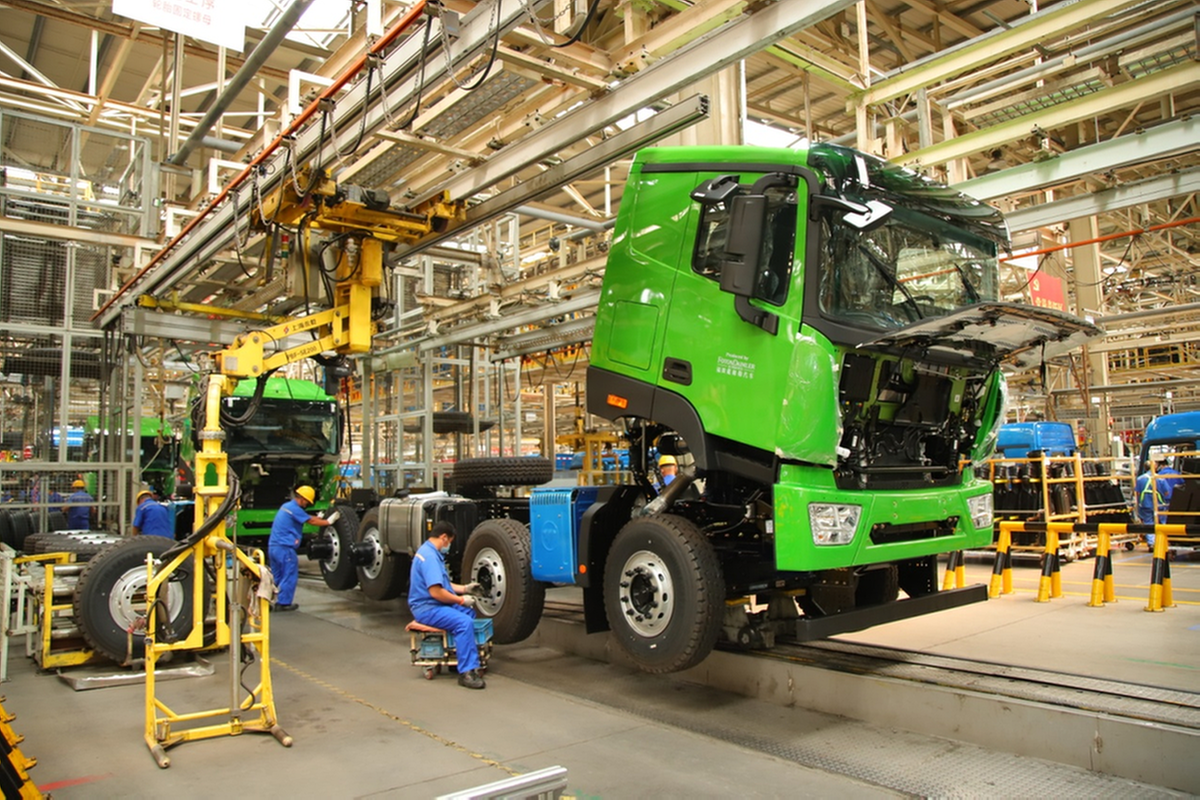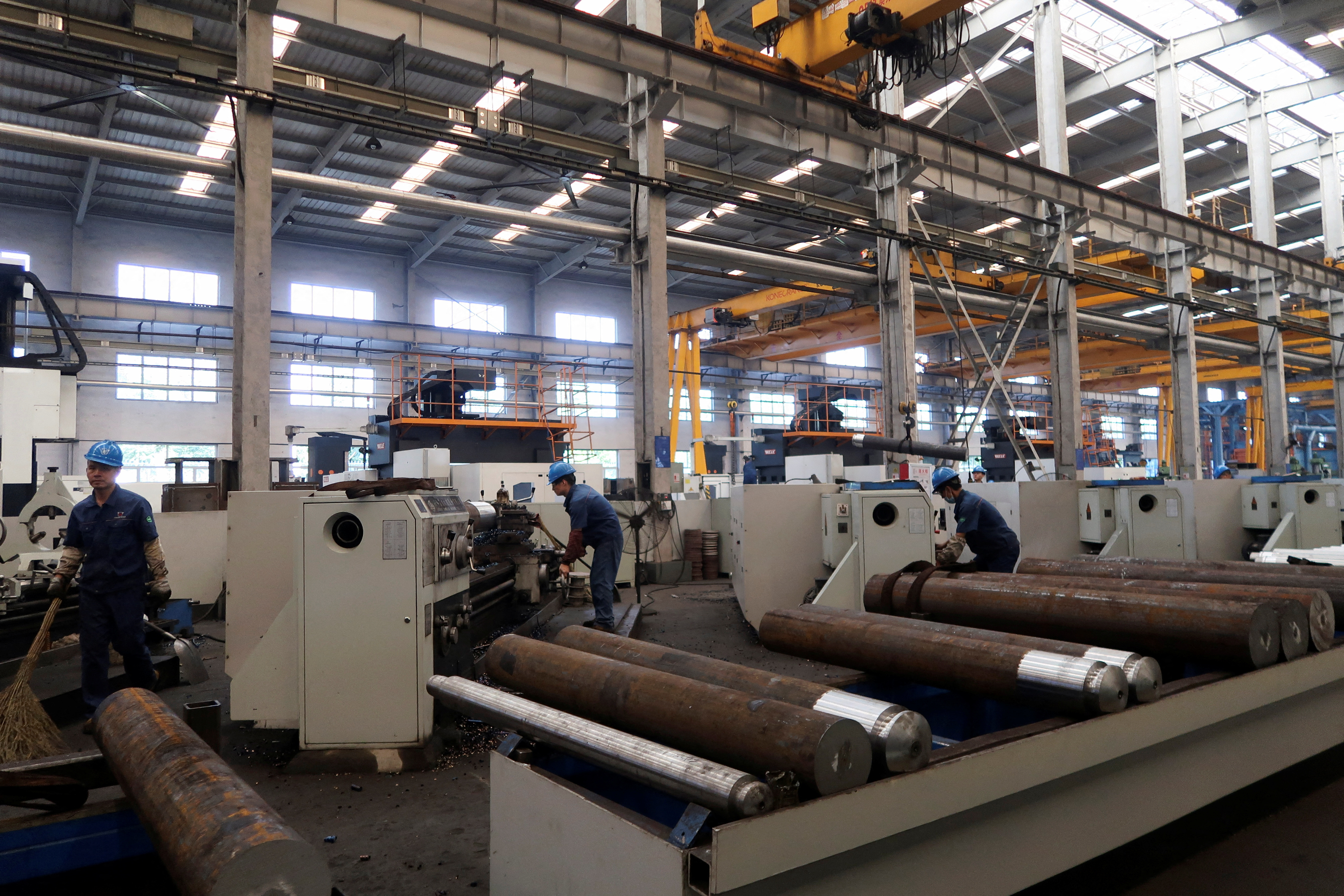China’s Industrial Profits Take a Hit in H1 2023

China’s Industrial Profits Take a Hit in H1 2023
The 18.8% profit reduction from January to May was followed by a year-to-date decline of 16.8%, which strengthened the fragile economic recovery and resulted in a second quarter growth rate of 6.3% that was less than anticipated.
As declining demand took a toll on company profit margins, China’s industrial earnings continued this year’s double-digit rate of reductions into a sixth month, supporting the need for more policy support measures.

The 18.8% profit reduction from January to May was followed by a year-to-date decline of 16.8%, which strengthened the fragile economic recovery and resulted in a second quarter growth rate of 6.3% that was less than anticipated. According to information released on Thursday by the National Bureau of Statistics (NBS), industrial profits fell by 8.3% in June alone. In May, profits decreased by 12.6%.
Maanshan Iron and Steel, a significant steel company, exemplified the challenges facing Chinese manufacturers when it predicted in mid-July that it would go from a net profit of 1.43 billion yuan a year earlier to a net loss of 2.24 billion yuan ($314.1 million) for the first half of the year.
On Monday, China’s top leaders promised to provide policy support for the economy and recognised a “tortuous” post-COVID recovery. However, experts saw few indications that substantial stimulus was probable at a time when worries about debt risks were growing. Industrial profit figures apply to companies with core activities that generate at least 20 million yuan ($2.79 million) in yearly sales.

Despite its continuous growth trajectory and reputation as an economic powerhouse, China has experienced a setback in the first half of 2023. The country’s industrial profits have witnessed a significant decrease, challenging the nation’s growth agenda.
According to data released by China’s National Bureau of Statistics, the total industrial profits of enterprises above the designated size during the January-June period fell by 5.6% year-on-year. This decline represents a stark contrast to the same period last year, where profits witnessed a remarkable surge.
Although the last quarter of 2022 saw slowing growth due to several internal and external factors, this outright drop in industrial profits is somewhat unexpected and definitely worrisome for China’s policymakers.
Several elements contributed to this downtrend. Firstly, the global economic scenario and continued uncertainties around the COVID-19 pandemic, despite vaccines being widely available and administered, played a significant role. The disruption in global supply chains, uncertainties around trade relations, and fluctuating consumer demand heavily affected Chinese exporters.
Secondly, domestic factors such as high raw material prices, energy constraints, and tighter environmental and emissions standards also played a crucial role. Increasing costs, coupled with government-imposed limits on energy use and factory production to meet environmental goals, have put many enterprises in a tight spot.
In terms of sectoral performance, the manufacturing sector, a key driver of China’s industrial profits, was particularly hard hit, reporting a slump in the first half of 2023. High-tech manufacturing, which had been a significant contributor to China’s profit growth in the recent past, also witnessed a slowdown. Meanwhile, the mining sector suffered as well, as tighter environmental regulations and falling commodity prices played out.
The data also showed that profit margins for companies in sectors such as steel, chemicals, non-ferrous metals, and automotive manufacturing declined significantly. These sectors had been the main drivers of China’s industrial profit growth in 2022, but high production costs and weak global demand have led to a decrease in their profitability.

Looking ahead, the situation appears challenging. Many economists are predicting that China’s industrial profits may continue to be under pressure in the coming quarters due to volatile international market conditions, rising costs at home, and the continuous implementation of strict environmental standards.
However, some analysts maintain a more optimistic view. They suggest that China’s efforts to transition from an investment- and export-driven economy to a consumption-driven one might help counterbalance some of the negative impacts on industrial profits. Measures taken by the government, such as tax cuts, financial support for small businesses, and increased public spending on healthcare and education, could potentially stimulate domestic consumption and, in turn, boost the economy.
It is crucial to understand that China’s industrial profits falling in H1 2023 does not necessarily spell doom for the world’s second-largest economy. The decline in profits should be viewed as part of the broader cyclical trends and structural adjustments that are underway in China.
While the current situation is a challenge for Chinese industry, it may also be a catalyst for companies to upgrade their technologies and improve their productivity, fostering a more sustainable growth model in the long run.

The first half of 2023 has proven challenging for China’s industrial sector, as falling profits have put a dent in the country’s economic growth. The factors contributing to this downturn are complex and multifaceted, highlighting the intricacies of managing a rapidly evolving economy. However, this adversity may serve as a compelling opportunity for China to expedite its move towards a more sustainable, balanced growth trajectory.





